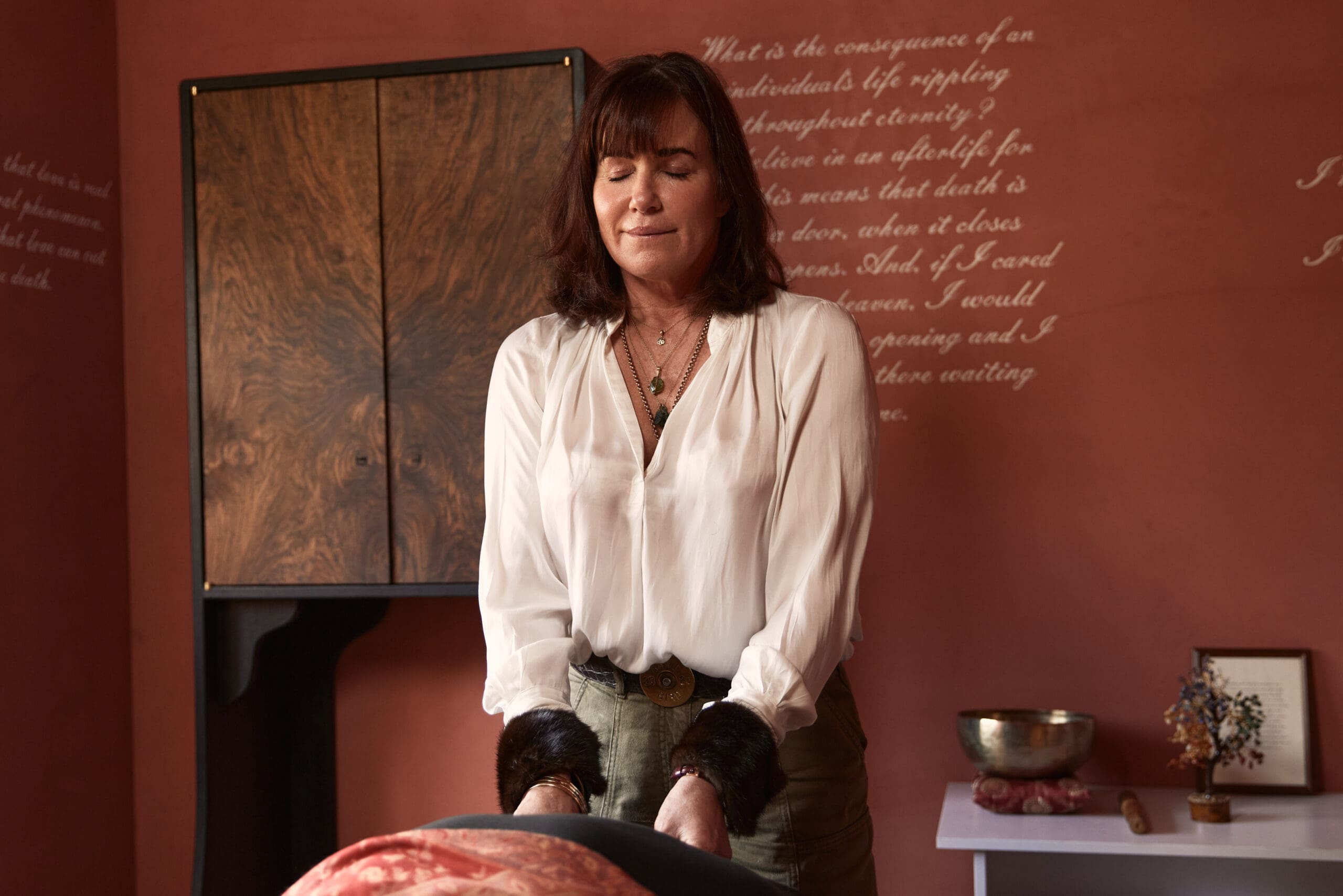
Unresolved Trauma
The idea that unresolved trauma can be stored in the body is supported by various fields, including psychology, somatic therapy, and bodywork. This concept suggests that emotional experiences, particularly those that are distressing or traumatic, can manifest physically, leading to tension, pain, or discomfort in specific areas of thebody. The body’s response to trauma is often a survival mechanism, where theemotions and memories are not fully processed or acknowledged. This can result in a disconnect between the mind and body, creating a physical manifestation of emotional pain.
However, just as trauma can become embedded in our physical being, so too can positive experiences such as joy, gratitude, abundance, love, and peace. This phenomenon can be understood through several interrelated concepts:
1. Body Memory:
Just as the body can “remember” trauma, it also has the capacity to “remember” positive experiences. When we experience joy or love, the accompanying physiological reactions—such as relaxation of muscles, a sense of lightness, or vibrant energy—can create a positive imprint on our body. These experiences can result in a cascade of neurochemical responses that promote healing and well-being.
2. Embodiment of Positive Emotions:
Engaging in practices that cultivate gratitude, peace, and joy can lead to physiological changes. For example, laughter releases endorphins, the body’s natural feel-good chemicals, which can create a lasting sense of well-being. Mindfulness and meditation have been shown to reduce stress and increase feelings of connectedness, leading to a more integrated experience of these positive emotions.
3. Energy Flow:
From a holistic perspective, many traditions (like yoga, acupuncture, and certain Eastern philosophies) suggest that emotional states affect the body’s energy flow. Positive emotions can help clear blockages in the meridians or energy channels of thebody, allowing for a sense of vitality and balance. The practice of cultivating joy and love intentionally can enhance this flow, promoting healing and well-being.
4. Somatic Practices:
Somatic therapies leverage body awareness to help process emotional experiences. By focusing on bodily sensations associated with positive emotions, individuals can reinforce these feelings physically and psychologically. Techniques such as breath work, dance, or expressive movement help anchor feelings of abundance and joy in the body, creating a more profound and lasting effect.
5. Cellular and Molecular Responses:
Research in epigenetics has suggested that our emotional experiences can affect gene expression. Engaging in practices that foster gratitude, love, and abundance may lead to beneficial changes at a cellular level, influencing overall health and well-being. Positive emotional environments can boost the immune system and promote resilience.
6. Memory Encoding:
The brain encodes both negative and positive experiences. Through practices like journaling and reflecting on gratitude, individuals can reinforce positive emotional memories, making them more accessible and impactful. This process can, in turn, enhance the quality of one’s physical health, as positive emotions contribute to lower stress levels and improved physiological responses.
Conclusion:
Ultimately, the interplay between our emotions and physical health creates a holistic framework where both the positive and negative aspects of our experiences can profoundly influence our well-being. By acknowledging and consciously cultivating feelings of joy, gratitude, and love, we embrace the potential to store these uplifting experiences in our bodies, promoting healing, resilience, and a more vibrant existence. Through various practices and a mindful approach to our emotional lives, we can harness the power of positive emotions to create lasting change in our physical and emotional landscapes.




Leave a Reply